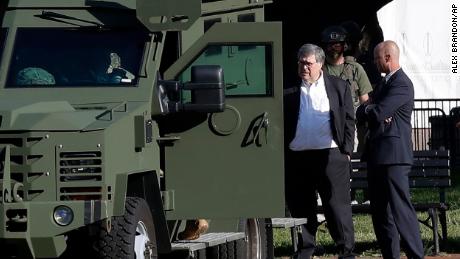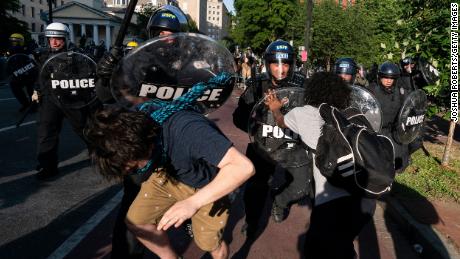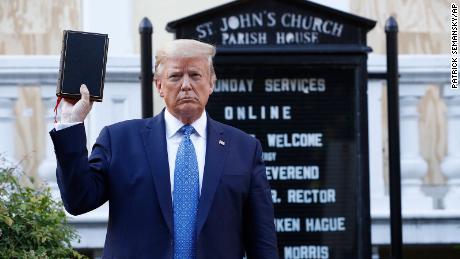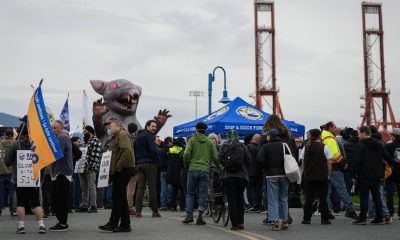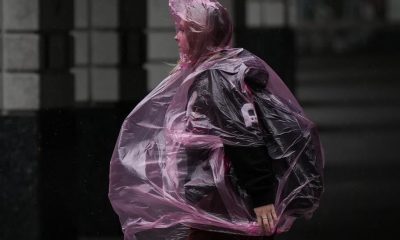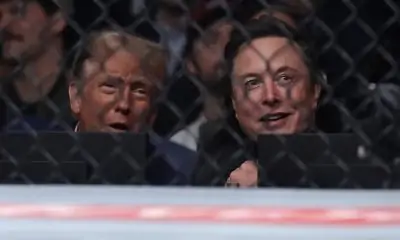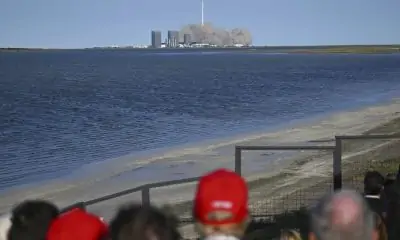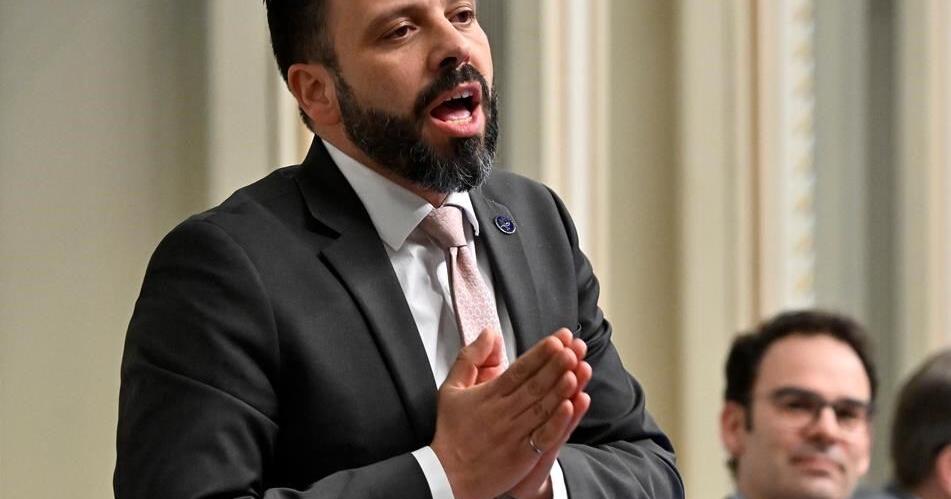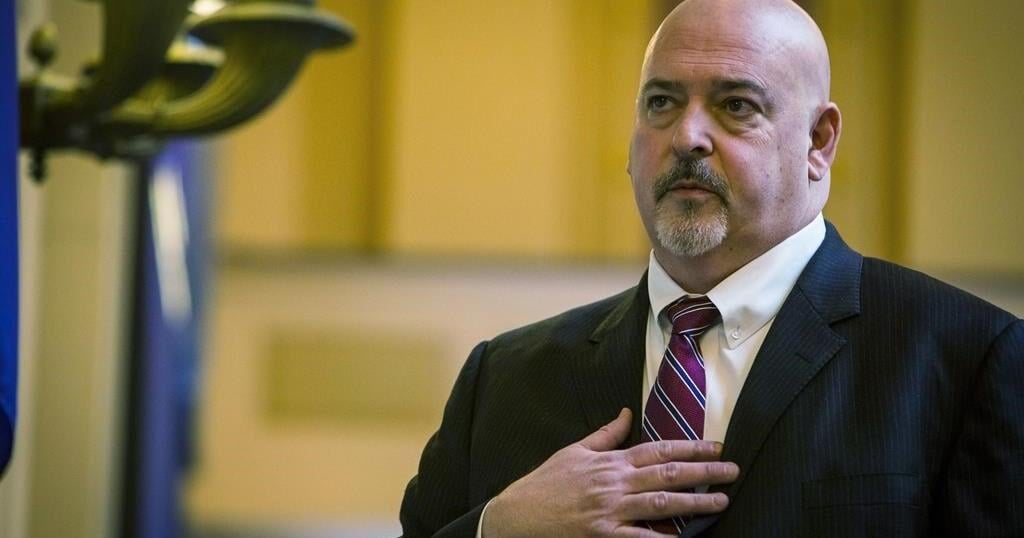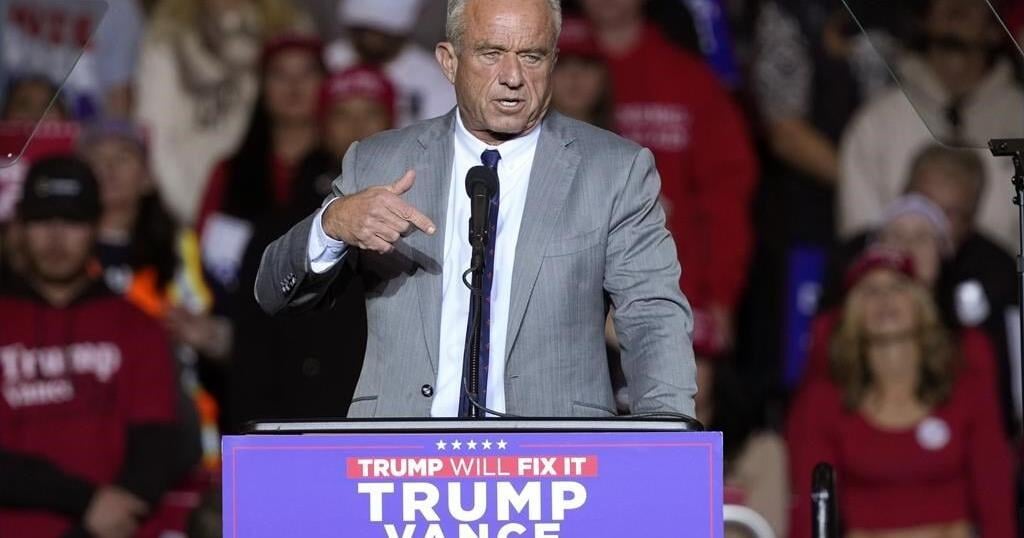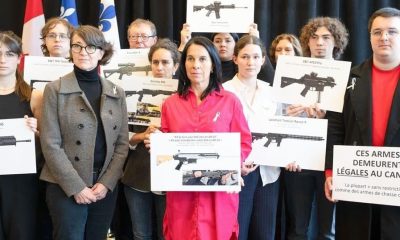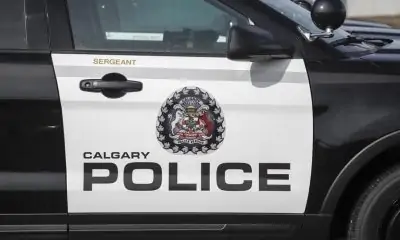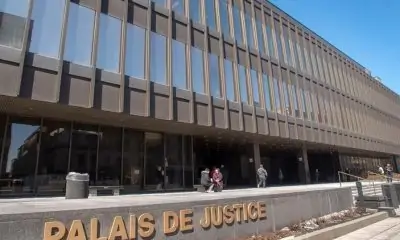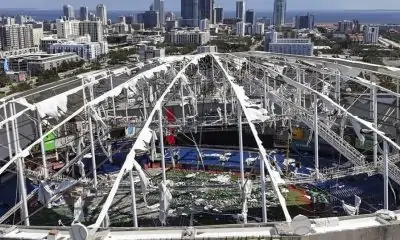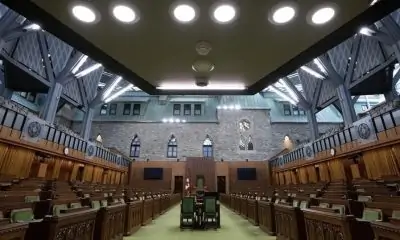As he conferred with top military brass at the White House over how to quell protests around the country, Trump said he wanted to make the walk to the nearby historic St. John’s Church, where a fire had been set in the basement the previous night.
A day after the incident, interviews with White House officials and sources across the government reveal a confusing, harried series of decisions that were not fully coordinated, as well as conflicting accounts of who was in charge and how a peaceful protest ended in a violent confrontation.
In an interview with CNN on Monday, Washington police Chief Peter Newsham said he didn’t know about the plans until only about 30 to 45 minutes before the visit happened, and that his officers were not involved. Trump’s walk to the church also appears to have come as a surprise to the Interior Department, whose secretary, David Bernhardt, wasn’t at the White House and didn’t get a heads up in advance that the park — which his department oversees — was going to be cleared of protesters so quickly.
Even some of the top administration officials who trailed Trump as he strode to the church suggested later they were caught off guard to find themselves in the middle of the highly fraught picture.
Barr gave the order
Ultimately, it was Attorney General William Barr who
ordered the move to clear protestors, according to a Justice Department official. Barr and other top officials from agencies responsible for securing the White House had previously planned to secure a wider perimeter around Lafayette Square in response to fires and destruction caused by protestors on Sunday night.
That plan, had it been enacted, would have cleared the area by 4 p.m., the official said, not 25 minutes before the 7 p.m. curfew put in place by Washington Mayor Muriel Bowser, which is ultimately what happened. It’s unclear whether Barr’s order was communicated to Park Police and other officers on the front lines.
Barr eventually appeared in Lafayette Square shortly before 6 p.m. Monday, about an hour before Trump left the White House. In a scene that was captured on news cameras, Barr stood flanked by a security detail, his chief of staff and the head of the Justice Department’s Office of Legal Counsel. As Barr surveyed the situation around the park, some protesters spotted and recognized him, and shouts went up.
Barr had been told that police believed protestors were gathering rocks to throw at law enforcement, and while he was in the park, water bottles were thrown in his direction, the official said. CNN did not witness any water bottles being thrown at the attorney general.
Before walking to the White House, Barr told police to clear the area, the Justice Department official said. If federal law enforcement was met with resistance by the protestors, crowd control measures should be implemented, Barr told them, according to the official.
Preparations for a speech
Meanwhile in the White House, staffers had begun preparing the Rose Garden with a stage, podium and teleprompters, even though it wasn’t yet certain Trump had finalized his decision to deliver remarks or venture outside the complex.
After a morning that included a telephone call with President Vladimir Putin of Russia and a video-conference spent berating the nation’s governors for appearing “weak” in the face of violent protests, Trump and his aides began considering a short address to precede the walk through Lafayette Square.
While it was Trump who came up with the idea of the church visit, senior adviser Hope Hicks, chief of staff Mark Meadows, as well as Trump’s son-in-law Jared Kushner and his daughter Ivanka Trump, were involved in the initial planning of the operation, according to two senior White House officials. The final decision to visit the church came roughly five hours before police and military forces swarmed the park to clear out the protesters, though officials in the press office were not looped into the plan until much later.
As reporters were scrambled to the Rose Garden to set up for Trump’s speech, loud bangs began on the other side of the White House fence.
Just after 6:22 p.m., the transmission came over the police radios — US Park Police had issued the first warning to protestors, a law enforcement source told CNN.
With Barr gone from the scene, authorities made their move, with lines of federal officers in riot gear converging on the protestors.
A violent advance
The advance by Park Police was swift and sudden. There were fewer protestors in the park than there had been the day before, but the crowd was energized, alternating between chants supporting the movement — “Say his name: George Floyd!” — and other more aggressive chants aimed at the wall of forces in riot gear lined up facing them.
As authorities converged, demonstrators started running, smoke filled the air and a loud pop sounded of projectiles being fired at those fleeing. Canisters sending up thick clouds of smoke and irritants landed at their feet and all but the few with gas masks started coughing as they were pushed back.
“People were running. And I was trying to help clear out people’s eyes,” said Rev. Gina Gerbasi, the rector at a different St. John’s Church in Georgetown who was at the Lafayette Square location on Monday evening. “Police were on the patio pushing people out. Tear gas, the flash bang things.”
“I am just a middle-aged white woman priest and a mom,” she said. “It was completely unprovoked. I didn’t hear bullhorns saying ‘the President’s coming.'”
A spokesperson for the Park Police said its officers were using pepper balls, not tear gas. Though the two have different chemical make-ups, they are both strong irritants that are used by law enforcement. Eyewitness accounts show canisters put off thick smoke that clearly contained an irritant that made people choke and cough.
On Tuesday, the Park Police issued a statement saying the decision to move on protestors was made to “curtail” violence, and that various objects had been thrown by protesters. CNN’s reporter who was on the scene all Monday afternoon did not witness any violence by the protestors, or anything being thrown by them.
The protesters who held the line confronted the advancing Park Police chanting “no justice, no peace.” Behind the row of police on foot was another on horseback. Deafening flash bangs were fired as they pushed forward. A young man hit by pepper spray was pushed by an officer as he shouted “I can’t see, I can’t see.”
“You’re shooting at people with their hands up!” one protester shouted. “We are not a threat!” shouted another.
The volleys kept coming. Protesters were flushed onto Connecticut Avenue, many coughing deeply, the canisters whizzing and spinning as they landed.
A middle-aged man was caught in a building’s alcove as the Park Police pressed forward, firing projectiles at him. He was holding his chest, clearly in distress. Demonstrators ran forward as the projectiles kept coming, helping to carry him away from the advancing forces.
By the time 7 p.m. finally arrived — when Washington’s curfew went into effect — the melee was all but over. The streets around the park and the White House had been emptied of protesters. The violence sent many home. Many others lingered and — now out on the streets where Washington’s police force has jurisdiction — were rounded up and detained for breaking the curfew.
A walk to remember
At 7:01 p.m. ET, Trump emerged from the North Portico of the White House, striding down the driveway and toward a cordon of law enforcement officers. Behind him trailed a large cadre of senior White House aides, including Ivanka Trump — carrying a designer purse with a Bible tucked inside — and her husband Jared, both senior advisers; chief of staff Mark Meadows; and press secretary Kayleigh McEnany.
Also joining Trump were Defense Secretary Mark Esper and Chairman of the Joint Chiefs of Staff Gen. Mark Milley, who had been summoned to the Oval Office in the preceding hours to update the President on efforts to use the military to tamp down on violence.
A US defense official told reporters Monday that Esper and Milley “were not aware that the Park Police and law enforcement had made a decision to clear the square.”
And the official suggested neither man planned to join Trump as he walked across Lafayette Square to the church.
“As that meeting concluded, the President indicated an interest in viewing the troops that were outside, and the secretary and the chairman went with him to do so. That was the extent of what was taking place,” the official said.
All of the aides who appeared alongside Trump were white; the President has only a few senior African American advisers and his sole black Cabinet member, Housing and Urban Development Secretary Ben Carson, was not present, though Trump and Carson spoke by phone earlier Monday.
Vice President Mike Pence, the President’s frequent emissary to religious conservatives, was also conspicuously absent from the walk to St. John’s. A source familiar with the matter suggested Pence did not join Trump out of deference and to allow the President “his own spotlight.”
“I think the vice president instinctively knows when it’s a presidential moment and when it’s not,” the source said. “Yesterday was very much a presidential moment.”
It’s not clear if the President asked Pence to join him for the walk, but the two men had their private weekly lunch earlier the same day.
Even as Trump stepped out of the White House and into Lafayette Square, some White House officials insisted the maneuver was unrelated to his photo opportunity.
Some officials claimed the push was aimed at establishing a broader perimeter around Lafayette Square and the blocks around the White House. White House deputy press secretary Judd Deere claimed the perimeter was expanded to help enforce DC’s 7 p.m. curfew — an explanation that strained credulity given security forces began to fire tear gas and rubber bullets to push back protesters before the curfew came into effect.
The officials could not explain why they needed to establish a perimeter in time for the curfew or why they did not do so earlier in the day, before a large group of protesters had amassed.
One White House official said Monday aides now recognize the operation to clear out protesters from the Lafayette Square area should have been carried our earlier in the day in order to avoid the chaos that erupted.
“Maybe they should have done it a couple of hours earlier,” the official said. “The timing didn’t seem to work out for what the optics were.”
A messy aftermath
As night descended on the capital Monday, and groups of protestors remained in the street in spite of a city-ordered curfew, Milley, Esper and Barr took to the streets of Washington to survey the ongoing military and federal law enforcement effort to clear the streets of protesters. Milley, whom Trump claimed would be “in charge” of the military response, surveyed the scene like a field general, camouflage military fatigues and all.
Barr monitored events, first in person near Farragut Square a few blocks from the White House. Video captured by news crews shows Barr standing on a broad sidewalk, milling around alongside men in suits, military officials in camouflage fatigues and law enforcement on bicycles, flashing red and blue light from nearby sirens reflecting off of his face. He later spent hours at a Justice Department command center.
After a news conference on Tuesday, Newsham, the DC police chief who has worked for the Metropolitan Police Department for three decades, lamented the show of force on Monday.
“The large majority of police officers in this country, certainly the police officers in this city, are very well meaning people trying to do the right thing,” he told CNN. “Whenever you have a police action that paints police in a negative light, it’s hurtful to me because that action can be attribute to all police officers,” he said.
At the same news conference, Bowser said she did not “see any provocation that would warrant the deployment of munitions and especially for the purpose of moving the president across the street.”
A couple hours earlier, Trump took to Twitter to tout the “overwhelming force” and “domination” in Washington the previous night, before thanking himself: “thank you President Trump!”
CNN’s Katelyn Polantz, Pete Muntean, Jim Acosta and Barbara Starr contributed to this report.

